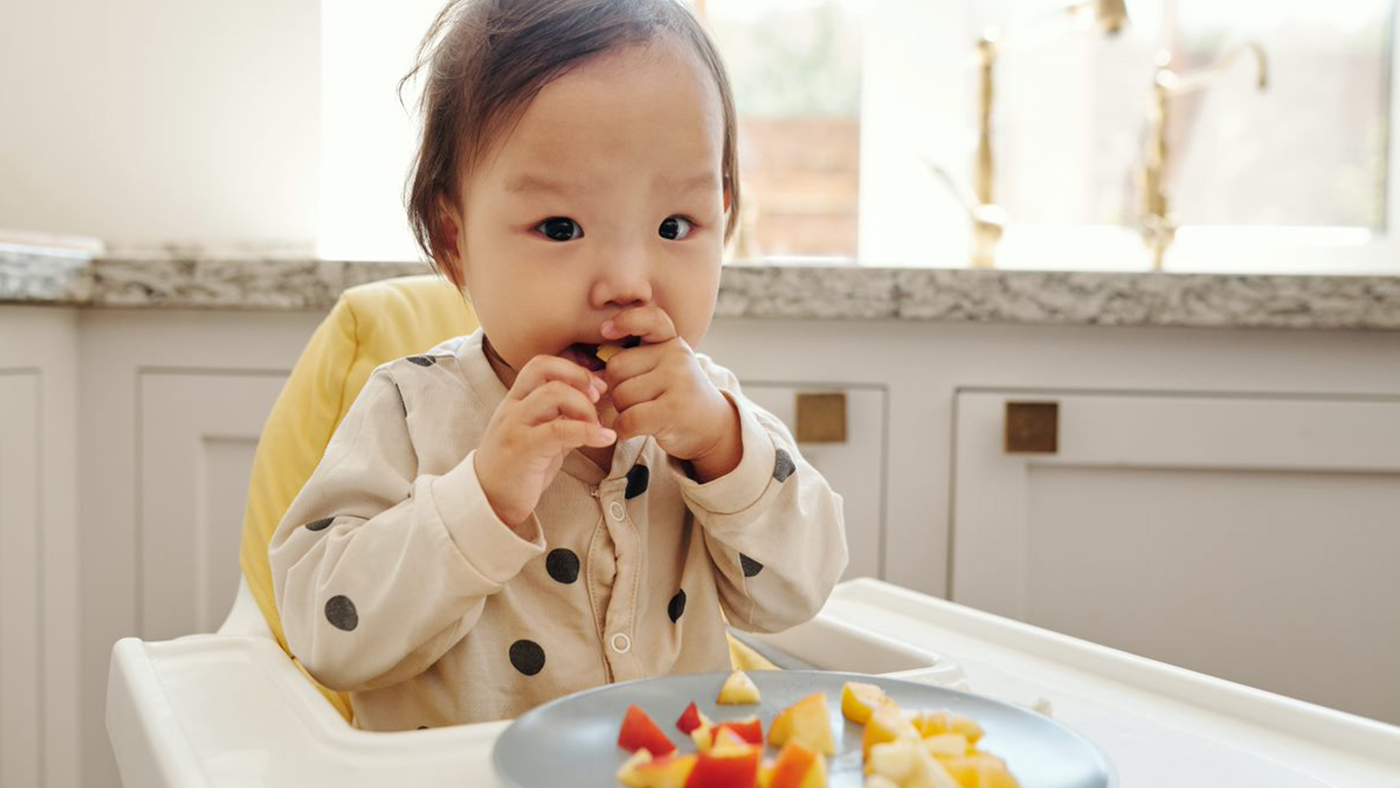How your toddler learns to interpret signals from inside their body

Lots of your toddler’s sensory development is linked to understanding signals from different receptors in their body. When it comes to our senses most of us think of 'the five’. But these are just the start – one of the other key senses your toddler is developing is interoception. Here’s more about it.
Sensory development is about how our brains process information from our senses
When we talk about sensory development, we’re not just talking about seeing, hearing, tasting and feeling, but also about how our brains use the information from the senses, and how we connect information from different senses with each other to understand the world around us.
Interoception – the internal sense
One of our senses is ‘interoception’. This is the sense that is linked to signals we receive from inside our body.
It gives us sensations such as being hungry, tired, needing to go to the toilet, as well as the feelings we get linked to emotions, like being worried or happy.
What your toddler is learning now and how you can help them
Your toddler might not recognise these signals yet, or when they do might not know how to respond.
You can help your toddler to recognise their feelings by noticing and commenting on how you think they are feeling. So, if they stop eating, ask them, “Do you feel full now?”; this will help them to link the feeling of being full to the right words in that moment.
And if your toddler shows they don’t want more to eat, don’t try to get them to have, ‘just one more bite.’ Trust that they will learn their body’s signals and stop when they are full.
By responding to them showing you they’ve had enough, and respecting that feeling, you’re helping them to learn about the information they receive from their body.